Latest U.S. Fisheries Management Bill Is Groundhog Day All Over Again
The legislation, like its 2 recent predecessors, is bad for fish, the ocean, and coastal communities
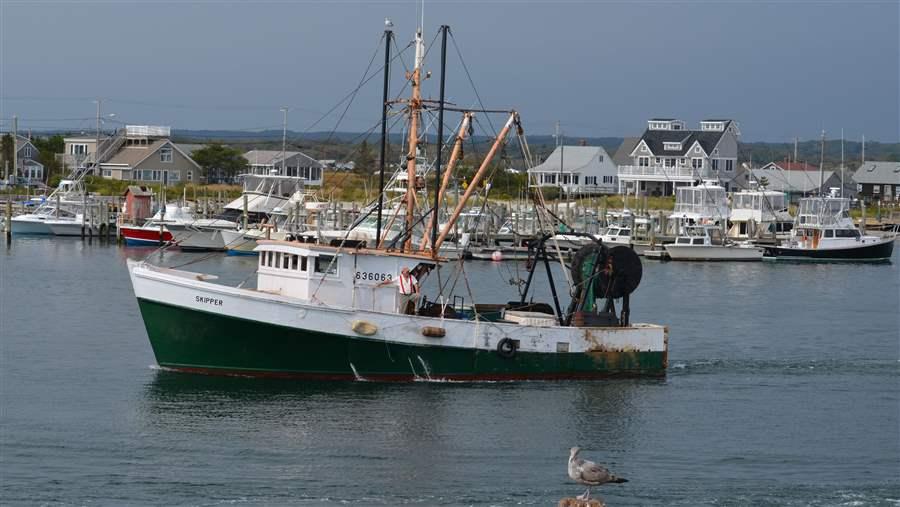
A fishing boat moves through a New England harbor. Abundant, well-managed fish populations are vital to coastal communities.
Christine Olsen
Look again—it’s Groundhog Day on Capitol Hill.
Like the endlessly repeating day that a cynical weatherman lives through in the 1993 movie, a fisheries bill recently introduced in the U.S. House of Representatives is a reprise of legislation we saw in the past two Congresses. And, just like those prior bills, the “new” one would significantly weaken our nation’s fishery management law, the Magnuson-Stevens Fishery Conservation and Management Act (MSA), which was enacted more than 40 years ago.
The act, as updated with substantial bipartisan support in 1996 and 2006, is helping prevent overfishing and allowing dozens of depleted fish populations to recover. But today many fisheries are still struggling from decades of overfishing, habitat loss, and changing ocean conditions.
H.R. 200, which was introduced on the first day of the new Congress, is the wrong approach for addressing those persistent threats. Like its 2015 predecessor, which was tagged as the “Empty Oceans Act” by opponents in Congress, H.R. 200 would turn the clock back, allowing for riskier fishery management decisions that will make overfishing more likely and delay restoring fish populations to healthy levels. An almost identical bill also stalled in Congress in 2014.
Instead of building on the conservation gains achieved when Congress reauthorized the MSA in 1996 and 2006, the new bill:
- Creates loopholes in requirements for fishery managers to rebuild depleted fish populations as soon as possible.
- Exempts several fish stocks from science-based catch limits, including some short-lived forage fish that are important prey for larger commercially and recreationally caught fish, marine mammals, and birds.
- Includes provisions that would complicate the management of red snapper in the Gulf of Mexico.
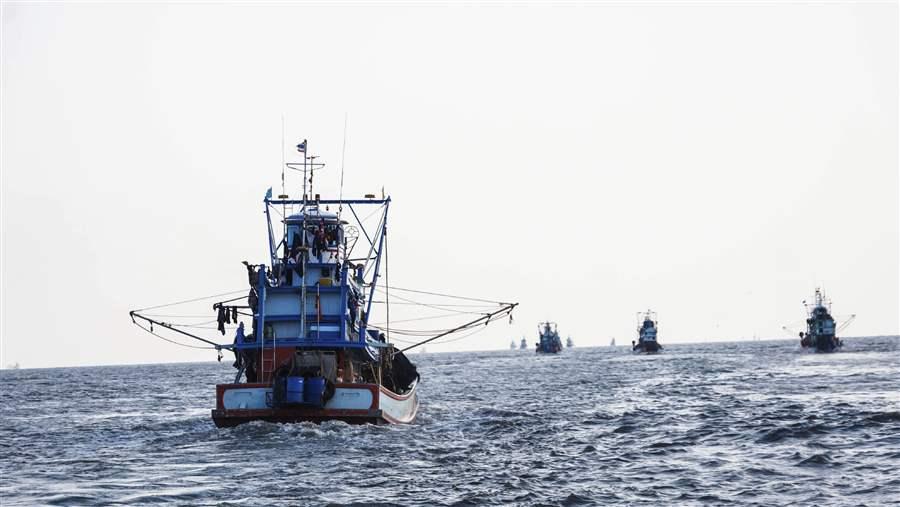
Fishing boats head out into U.S. waters of the Atlantic coast. Strong legislation that guards against overfishing could help ensure steady catches.
iStock
Also, H.R. 200 undermines several other hallmark conservation laws by watering down or otherwise jeopardizing protections now guaranteed under the National Environmental Policy, Endangered Species, Antiquities, and National Marine Sanctuaries acts.
Two years ago, H.R. 1335 passed the House in a highly divided 225-152 vote, but because the bill lacked support from key stakeholders, it stalled in the Senate. Conservationists, fishermen, and scientists had expressed concern that H.R. 1335 would have weakened the scientific-based fishery management system developed in recent decades. The bill would have revived fishing practices that led to a previous era of overfishing. Even the fishing industry publication Seafood News editorialized against the bill before it headed to the House floor for votes, labeling it the “Destabilization of Our Nation’s Fisheries Act,” and the House Natural Resources minority committee posted a list of 170 groups, including those representing recreational and commercial fishermen, small business owners, and marine scientists, that opposed the legislation.
In the movie “Groundhog Day,” each repeating morning scene opens with a radio alarm. Well, with the introduction of H.R. 200, the alarm has rung. Once again, conservation groups, fishermen, and scientists will work to defend the MSA from serious rollbacks.
Let’s hope that more members of Congress will step up to defeat this ill-advised bill and remove this bad policy idea from its time loop.
Ted Morton leads fisheries work at the federal level for The Pew Charitable Trusts.
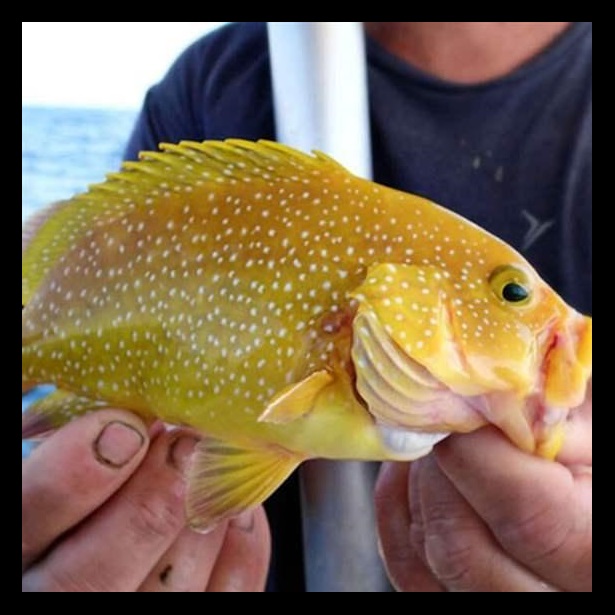
The Magnuson-Stevens Act at 40
Learn More

America’s Overdose Crisis
Sign up for our five-email course explaining the overdose crisis in America, the state of treatment access, and ways to improve care
Sign up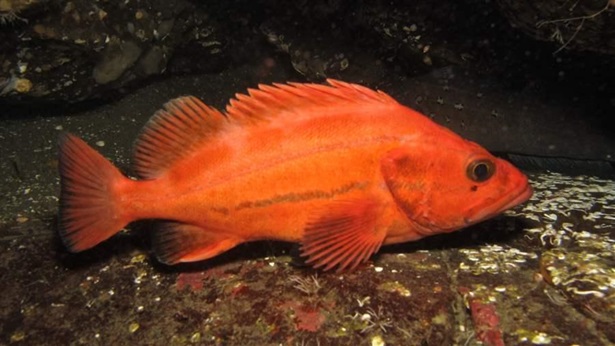

Study Supports Current Approach to Rebuilding Fish Populations
Comprehensive models show existing strategy recovers stocks fastest
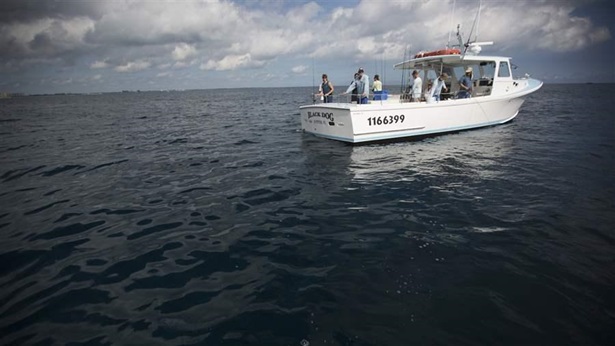
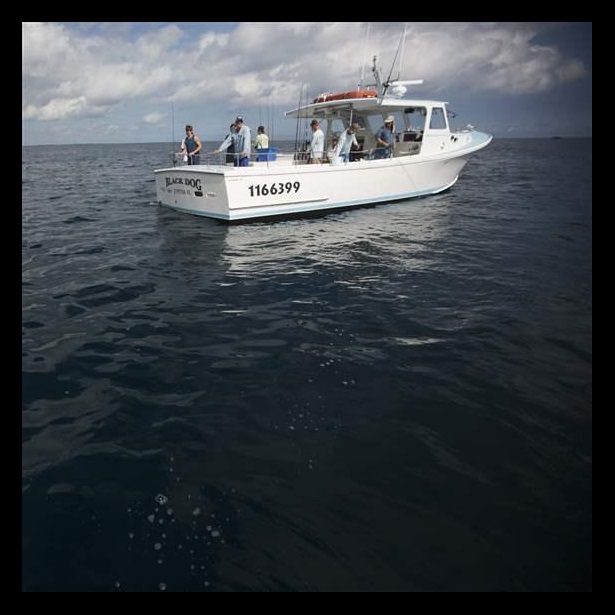
Current Approach to Rebuilding U.S. Fisheries Performs Well
New study reaffirms NOAA’s standard practice









